Methods to get rid of flying squirrels
There are around fifty different species of flying squirrels, and they can inhabit a wide range of climates and environments. Flying squirrels tend to appear larger than other squirrels but they actually are on the smaller side.

They just look larger because of their long tails and extra skin used for aerial movement. Despite the name, flying squirrels glide, and they are very good at it. Unlike some other species of squirrels, they prefer to stick almost exclusively to the trees.
This means that while you don’t have to worry about them roaming around the yard, they can still cause problems.
The most obvious potential problems are that, like other squirrels, they can try and get into your bird feeders and annoy your dogs. Perhaps the biggest risk is them getting into your attic and using it as a nest. For this reason, it’s understandable that people would want to keep flying squirrels away from their property, and especially to make sure they stay out of the attic. There are a lot of ways to try and repel flying squirrels, but with pretty much every rodent group, only a few of those repellents and deterrents actually work.
Prevention
An important aspect of avoiding any rodent problem is prevention. To prevent flying squirrels from making homes in your trees or attic, a sturdy fence can help. So too can trimming trees so that the branches don’t allow good access to the roof. As for the attic itself, making sure there are no cracks or holes inside, and patching up any you do find, is a great way to prevent rodents and other critters from moving into your home. There are also a variety of ways to try and repel the squirrels.
Sonic Emitters
Some people insist sonic emitters are an effective way to deter rodents. While they work extremely well with moles, their effectiveness against other rodents is limited. This is more due to the limited ranges of most such emitters. The need for a battery and exceptional mobility of flying squirrels also inhibit their effectiveness. Still, they are one of the better repellents on the market.
Chemical Repellents
Spray repellents and other irritants are a common aide touted for keeping flying squirrels at bay. Some people swear by mothballs, but they almost never work against rodents.
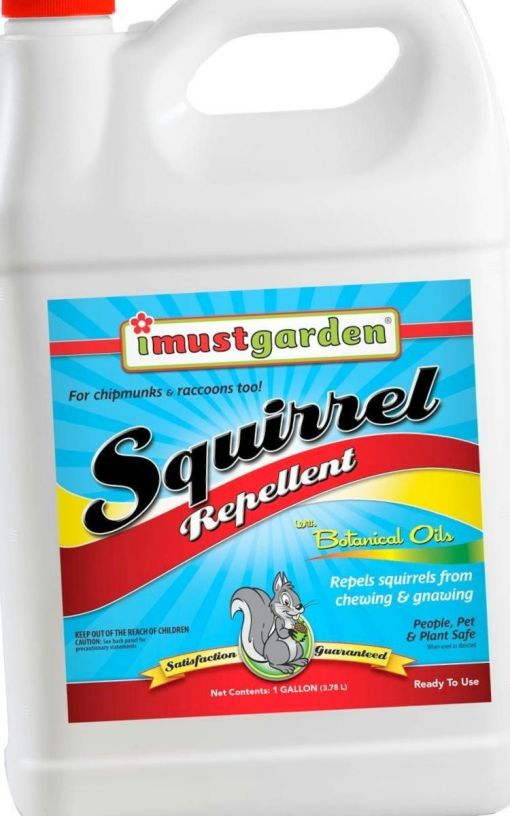
The sprays and similar irritants can have a limited effect, but the squirrels may grow accustomed to the smell or move upwind of it. As they are more mobile than other rodents, options are a bit more limited on how to keep them out.
Prevention is truly the best way to keep flying squirrels off your property and especially out of your home. That said, there are a few repellents that do work. Chemical sprays have a limited range and can wear off, but will do the job in the short term.
Sonic emitters have similar issues but are one of the more effective ways to keep the rodents at bay. Check the reviews of any product for effectiveness before committing to a purchase.
Select Your Animal

Raccoons
Raccoon Removal Information & How-To Tips

Squirrel
Squirrel Removal Information & How-To Tips

Opossum
Opossum Removal Information & How-To Tips
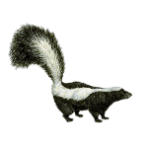
Skunks
Skunks Removal Information & How-To Tips

Rats
Rat Removal Information & How-To Tips

Mouse
Mouse Removal Information & How-To Tips
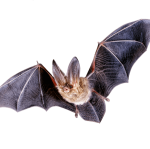
Bat
Bat Removal Information & How-To Tips

Bird
Bird Removal Information & How-To Tips
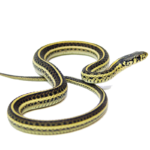
Snake
Snake Removal Information & How-To Tips
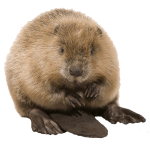
Beaver
Beaver Removal Information & How-To Tips

Mole
Mole Removal Information & How-To Tips

Vole
Vole Removal Information & How-To Tips

Gopher
Gopher Removal Information & How-To Tips

Rabbit
Rabbit Removal Information & How-To Tips

Woodchuck
Woodchuck Removal Information & How-To Tips

Flying Squirrel
Flying Squirrel Removal Information & How-To Tips

Chipmunk
Chipmunk Removal Information & How-To Tips

Coyote
Coyote Removal Information & How-To Tips

Fox
Fox Removal Information & How-To Tips
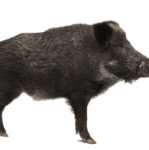
Wild Hog
Wild Hog Removal Information & How-To Tips
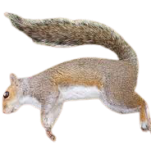
Dead Animal
Dead Animal Removal Information & How-To Tips